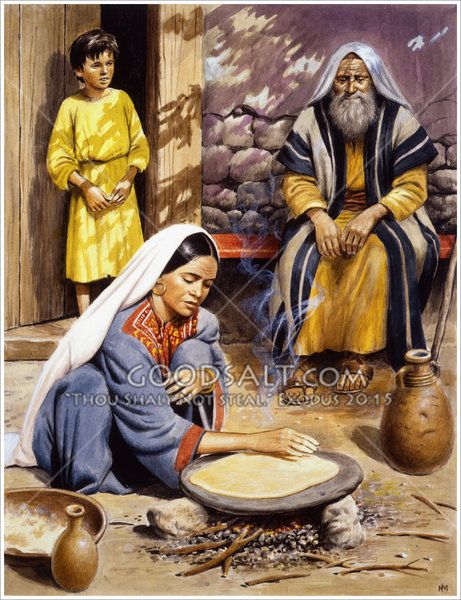Title: An Exploration of Genesis 1:1-32: Unveiling the Creation Story
Introduction:
Genesis 1:1-32 serves as the opening chapter of the Bible, introducing readers to the creation story. This exquisite passage provides a profound and elaborate account of the origin of the universe and its inhabitants. With its rich language, vivid imagery, and theological significance, Genesis 1:1-32 offers a valuable opportunity for intellectual exploration and comprehension.
Verse 1: “In the beginning, God created the heavens and the earth.”
Genesis 1:1 sets the foundation of this narrative, declaring that God was the mastermind behind the creation of the entire cosmos. This verse introduces the concept of divine authorship, establishing the framework for the unfolding events.
Verses 2-5: “Now the earth was formless and empty, darkness was over the surface of the deep, and the Spirit of God was hovering over the waters.”
These verses unveil the initial state of the earth—an unstructured, shapeless expanse, shrouded in darkness. The Spirit of God hovers over the waters, signifying a divine presence amidst the chaos. Then, God speaks, and His words initiate the transformative process.
Verses 6-8: “And God said, ‘Let there be a vault between the waters to separate water from water.'”
Here, God begins organizing the chaotic state by creating the atmosphere and separating the waters above and below. He establishes the concept of boundaries, bringing order and structure to the cosmos.
Verses 9-13: “And God said, ‘Let the water under the sky be gathered to one place, and let dry ground appear.'”
God molds the earth further by making the waters recede and dry land emerge. Vegetation sprouts forth, illustrating God’s diverse and intricate designs for life on earth. This portrayal highlights the beauty and complexity of God’s creation.
Verses 14-19: “And God said, ‘Let there be lights in the vault of the sky…to govern the day and the night.'”
In this segment, God fashions the celestial bodies—sun, moon, and stars—to regulate the rhythm of day and night. These luminous entities bestow light, order, and discernment upon creation, paving the way for life to flourish.
Verses 20-23: “And God said, ‘Let the water teem with living creatures…'”
God continues demonstrating His creative prowess as He fills the seas with an abundance of diverse marine life. Birds grace the skies, and God blesses them, commanding them to multiply and fill the earth. These verses emphasize the intricate interconnectedness of all living beings.
Verses 24-31: “And God saw that it was good.”
God’s work culminates in creating land creatures, both large and small. With every creation, God affirms its goodness. Made in the image of God, humanity embodies His likeness. The responsibility to nurture and steward creation is entrusted to humankind, emphasizing the inherent dignity and purpose of human existence.
Verse 32: “And there was evening, and there was morning—the sixth day.”
Genesis 1:32 concludes this chapter, marking the end of the creative process. The symbolic “evening and morning” construct introduces the concept of time, which remains an essential element in human existence.
Conclusion:
Genesis 1:1-32, through its eloquent prose, unveils the grandeur and magnificence of God’s creation. This passage, with its intricate narrative and theological implications, invites Christians, and non-Christians, to delve deeper and appreciate the multifaceted layers of this timeless account. As we grasp the intelligence and comprehension embedded within these verses, we gain a deeper understanding of our place within creation and the divine purpose that bestows meaning to ou




